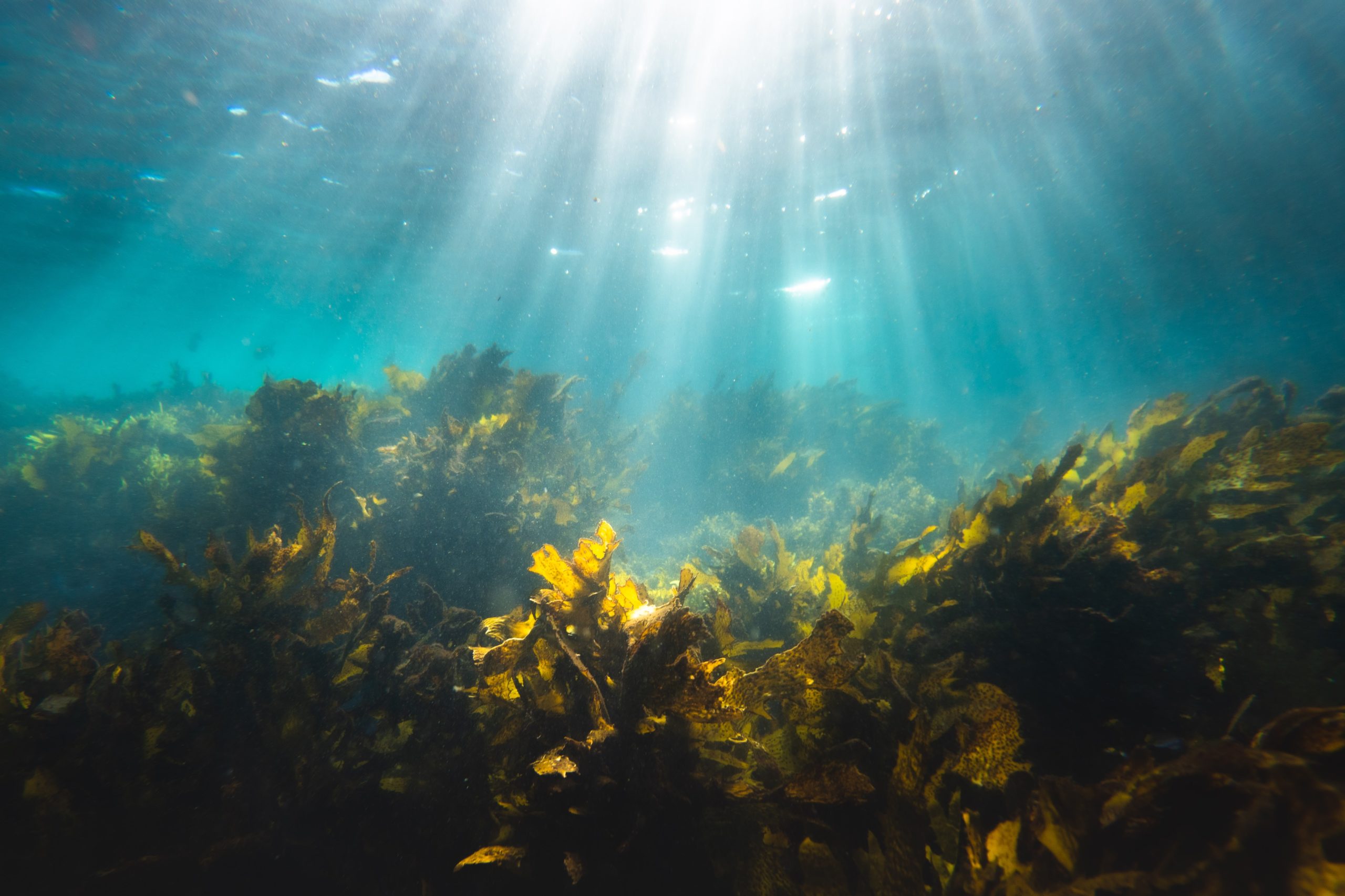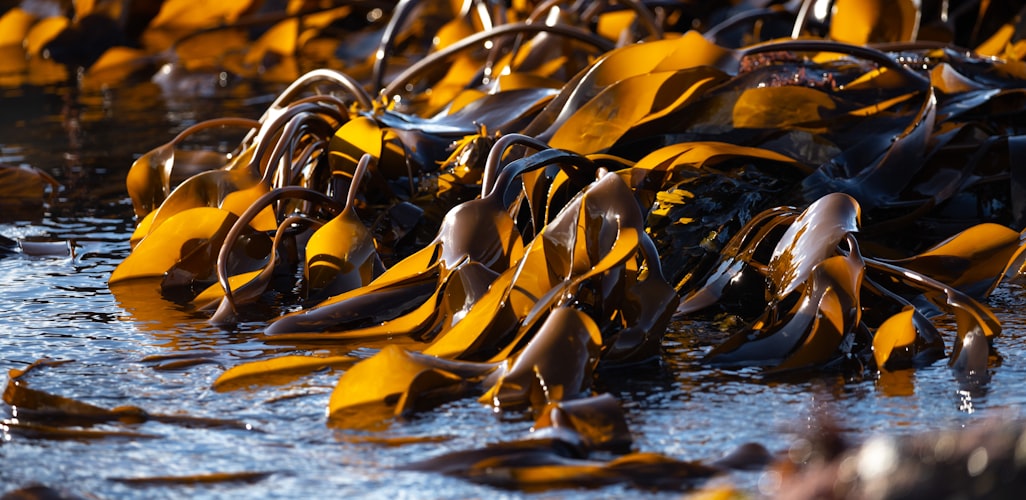How Seaweed Can Reduce Cows’ Methane Emissions

Increased carbon emissions are getting trapped in the atmosphere and increasing global temperatures. Emissions come from almost everything around us, but did you know cattle are one of the largest sources of greenhouse emissions? Luckily, an Australian company has created a product to help with this.
How Methane Emissions Affect the Atmosphere
Our atmosphere acts as a greenhouse around the entire globe; it traps heat from the sun that is then radiated back towards Earth after being absorbed by the greenhouse gases trapped in the air. Greenhouse gases include carbon dioxide, nitrous oxide, and methane; they are all produced naturally, but humans have increased that level of production to unsustainable levels.
Methane is produced through the breakdown of waste, such as in landfills, and by livestock. It’s also about 28 times more powerful than carbon dioxide, even though it doesn’t stick around in the atmosphere for as long. This is because it can absorb more energy and it’s a precursor to ozone, another greenhouse gas. In 2019, those levels reached an all-time high.

The Role of Cattle
So, where do cattle come in? A single cow can release 220 pounds of methane a year, and cattle are the top agricultural source of greenhouse gases. Compared to fifty years ago, we produce double the amount of cow milk, and more than double the amount of beef. That’s a lot of cows.
Part of why cows release so much gas is due to their diet, so scientists have been researching diet changes that could decrease the levels of gas they produce. One supplement they have found? Seaweed. One trial showed that introducing seaweed into their diet by 1% resulted in a reduction of gas emissions by 60%. One company is turning this idea into a reality.
FutureFeed
FutureFeed is a diet supplement for livestock using seaweed to decrease methane emissions from animals, and not just cattle. Calculations from their trial showed that if only 10% of the livestock industry used FutureFeed, it would be the equivalent of removing 100 million cars from the road. It would also help reduce resources needed to cultivate animals.
FutureFeed uses a high-quality Asparagopsis variety of seaweed that’s been shown to reduce over 90% of methane production in animals when it’s just 1% of their diet. It’s been trialed over five years and has been deemed safe for commercial use.

How Does It Work?
Methane is produced while digestion occurs, through a pathway called the methane-production pathway. There are several bioactive compounds in the seaweed, and they stop the pathway from forming methane by inhibiting enzymes within the late stages of the pathway. No formation, no secretion. Additionally, there doesn’t seem to be any resistance to the seaweed, meaning the animals don’t just adjust and begin producing methane again. It’s added to the existing supplements in the normally delivered feed.
Right now, the primary issue is seaweed supply. Luckily FutureFeed is working with several groups, and commercial production is estimated to start in 2021. It’s an innovation that should be welcomed by both consumers and the livestock industry, as it will contribute to the world’s goal of being carbon neutral by 2030.


Leave a Reply